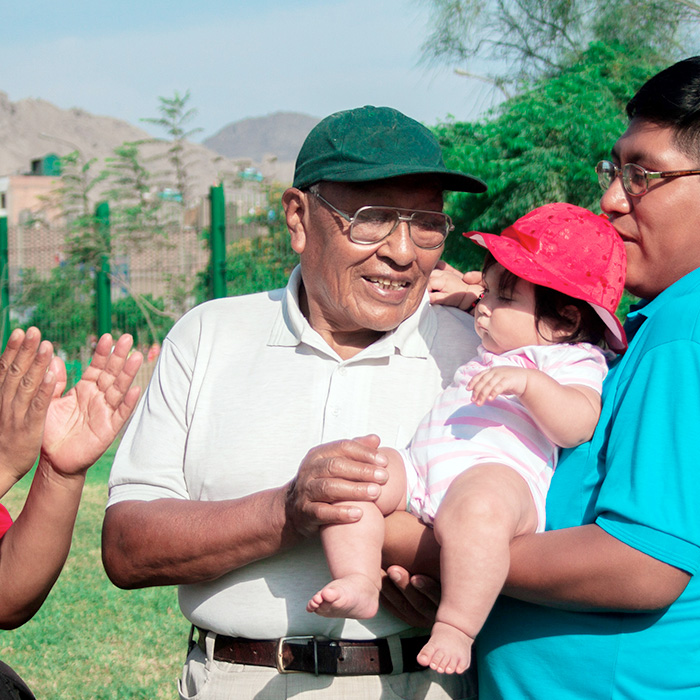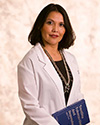Partnerships for Environmental Public Health (PEPH)

Using Culturally Appropriate Messages to Promote Smoke-Free Homes
February 08, 2021
Interviewee: Patricia Nez Henderson, M.D., M.P.H.
To decrease tobacco use among tribal populations, researchers must consider the culture and traditions of tribal communities, many of which use tobacco for ceremonial, medicinal, and religious practices. In this podcast, you’ll hear from NIEHS-funded researcher Patricia Nez Henderson, M.D., M.P.H., who is working with tribal communities to encourage the adoption of smoke-free homes, with the goal of improving their health.
Using Culturally Appropriate Messages to Promote Smoke-free Homes
Secondhand smoke is responsible for more than 41,000 deaths per year among nonsmokers in the U.S., with most people exposed at home. Studies show that American Indians and Alaskan Natives have higher rates of secondhand smoke exposure compared to the general population.
To decrease tobacco use among tribal populations, researchers must consider the culture and traditions of tribal communities, many of which use tobacco for ceremonial, medicinal, and religious practices.
In this podcast, you’ll hear how an NIEHS-funded researcher is working with tribal communities to encourage the adoption of smoke-free homes, with the goal of improving their health.
Interviewee: Patricia Nez Henderson, M.D., M.P.H.

Patricia Nez Henderson, M.D., M.P.H., is vice president of Black Hills Center for American Indian Health, a nonprofit organization that works to improve the health of American Indian tribes. As one of the leading experts on tobacco control in American Indian communities, Henderson’s work incorporates tribal values and customs with western knowledge. At the center, Henderson has developed web-based tobacco interventions for Native youth, conducted randomized home smoking studies, and created social network-based tobacco interventions.
She leads an NIEHS-funded project to promote smoke-free homes in Lakota communities. The project focuses on the Cheyenne River Sioux Tribe, where smoking prevalence is as high as 50 percent in the population. Her team is using a culturally tailored intervention to encourage the adoption of smoking restrictions in homes to decrease exposure to secondhand smoke in nonsmokers.
Henderson grew up on a Navajo reservation in Arizona and is a member of the Diné tribe. She received her doctorate from the Yale University School of Medicine, where she was the first Native American woman to graduate.
Additional Resources
- Learn more about traditional tobacco use use by American Indians/Alaska Natives from the Centers for Disease Control and Prevention.
- Learn more about the health effects of smoking and vaping from NIEHS.
- Read a more about Henderson’s research to adapt a smoke-free homes intervention in American Indian/Alaska Native households in a 2019 publication.


